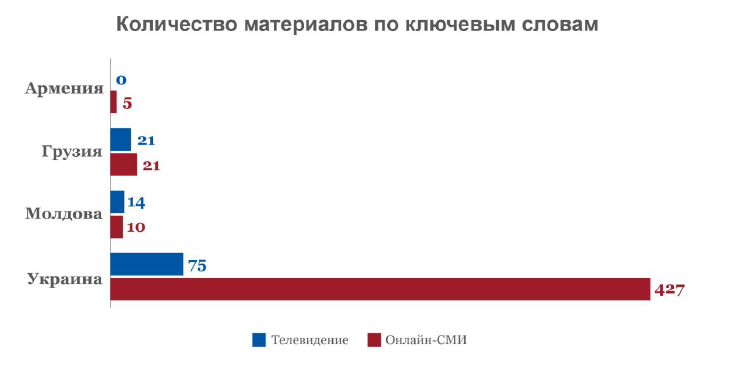The establishment of the independent Orthodox Church in Ukraine brings a fundamental change to Russian influence and soft power structure in post-Soviet countries.
It revises the status of Moscow as the leading ecclesiastical center of the Orthodox Church,which remained almost intact for more than 300 years.
This fundamental change is affecting all target countries, making it important to be aware of the latest developments of Russian propaganda in order to stay resilient in the face of hybrid threats.
Our analysts conducted cross-border monitoringof Russian propaganda messages in the local media outlets of Armenia, Georgia, Moldova and Ukraine in their reporting on the establishment of the independent Ukrainian Orthodox Church.
Media monitoring methodology consisted of two parts: quantitative andqualitative.
Quantitative media monitoring identifies numerical measures or indicators that can be counted and analyzed.
Qualitative media monitoring is used to assess the performance of the media against benchmarks, such as ethical or professional standards that cannot be easily quantified.Experts in each country selected 2 TV channelsand 2 online media outlets, which are among the most influential onesin covering international news and politics and have ratings figures.
Our approach was also to balancepro-Europeanand Eurosceptic, pro-governmentand pro-oppositionmedia outlets for each country.
Here is the lineup of media outlets we studied in Armenia:
TV: 1st channel (Public Television of Armenia), Kentron TV
Online media: news.am, lragir.am
Download the English version of the report in PDF format here.
